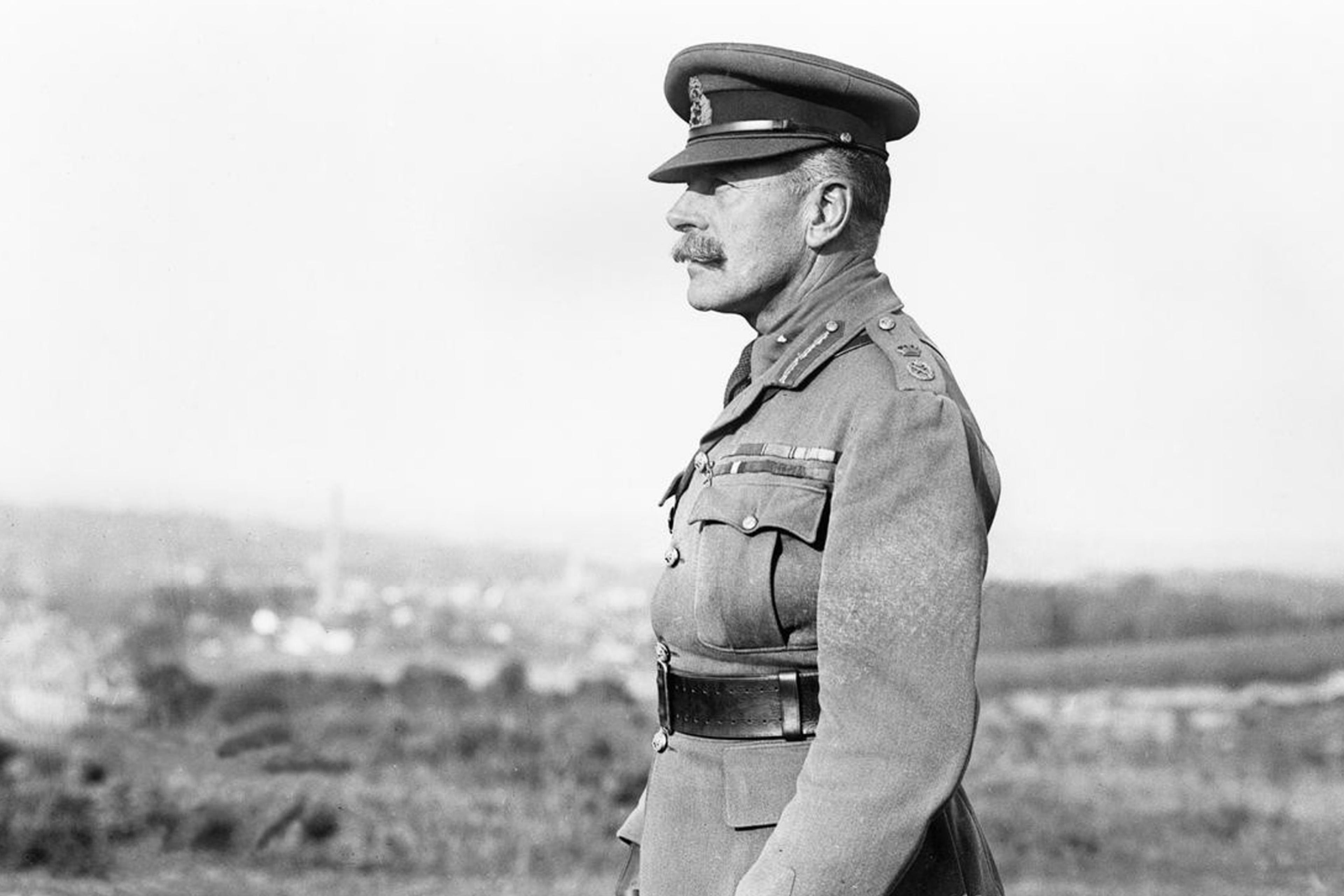
Why some of the smartest people can be so very stupid
Struggling to understand is perfectly honourable. Being wilfully stupid is something else and we should strive to fix it
by Sacha Golob

Struggling to understand is perfectly honourable. Being wilfully stupid is something else and we should strive to fix it
by Sacha Golob

It’s easy for the mind to become closed to new ideas. Cultivating a beginner’s mind helps us rediscover the joy of learning
by Christian Jarrett

The evidence for fungal intelligence is in: they can operate as individuals, make decisions, learn, and have short-term memory
by Nicholas P Money

By learning to question and clarify your thoughts, you’ll improve your self-knowledge and become a better communicator
by Tom Chatfield
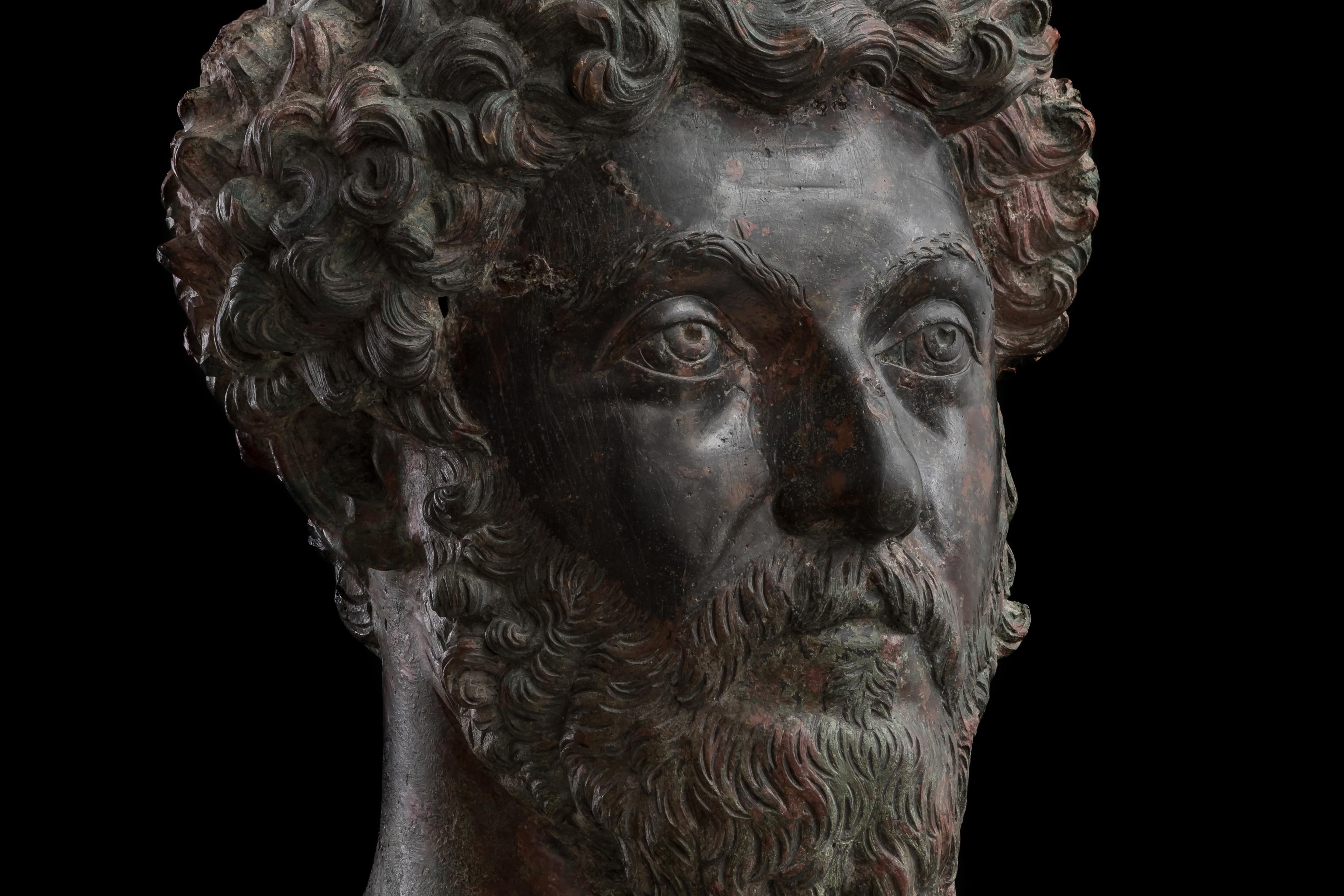
By using ‘distanced self-talk’, you can leverage the structure of language to take a step back and see the bigger picture
by Ariana Orvell

Talking out loud to oneself is a technology for thinking that allows us to clarify and sharpen our approach to a problem
by Nana Ariel
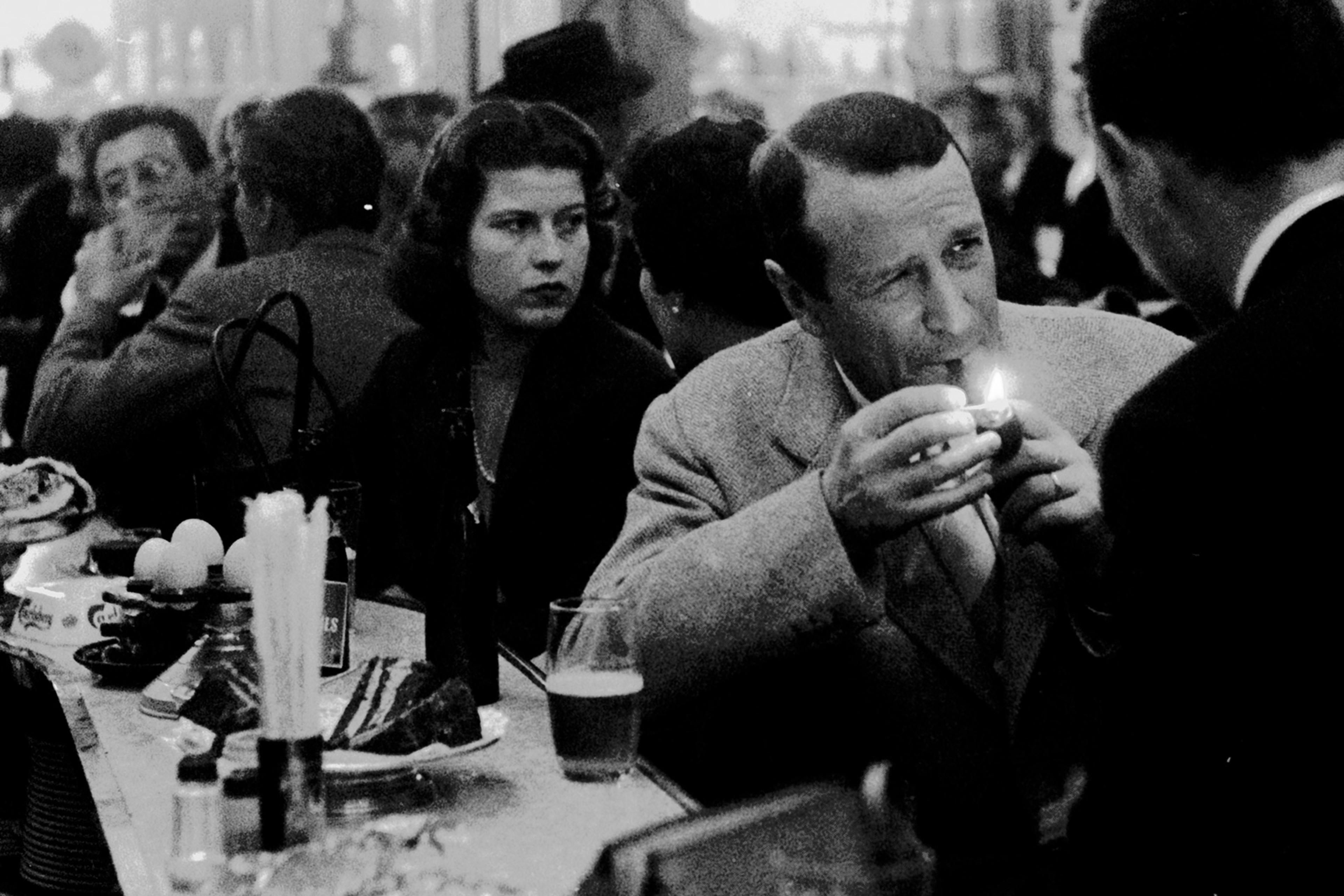
The best detectives seem to have almost supernatural insight, but their cognitive toolkit is one that anybody can use
by Ivar Fahsing

People go to extreme lengths to avoid time with their own thoughts. We’ve found some ways to make it more pleasurable
by Rémy Furrer

In a world of few absolutes, it pays to be able to think clearly about probabilities. These five ideas will get you started
by Michael G Titelbaum

Psychologists have known about the ‘halo effect’ for ages. New research suggests the power of language can help explain it
by Chris F Westbury & Daniel King
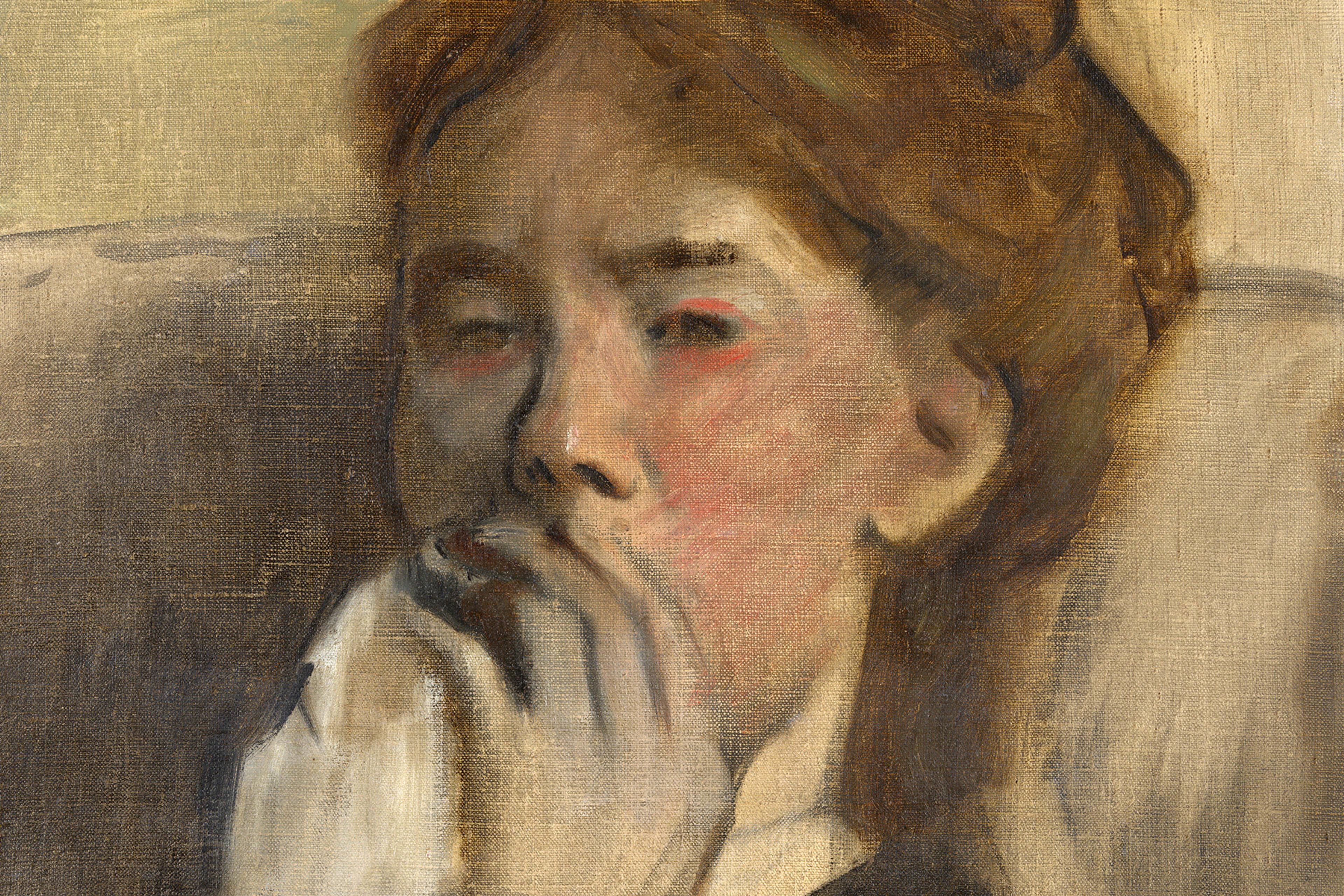
Knotty problems call for sound advice. Use philosophy to find the intellectually dependable amid the frauds and egotists
by T Ryan Byerly
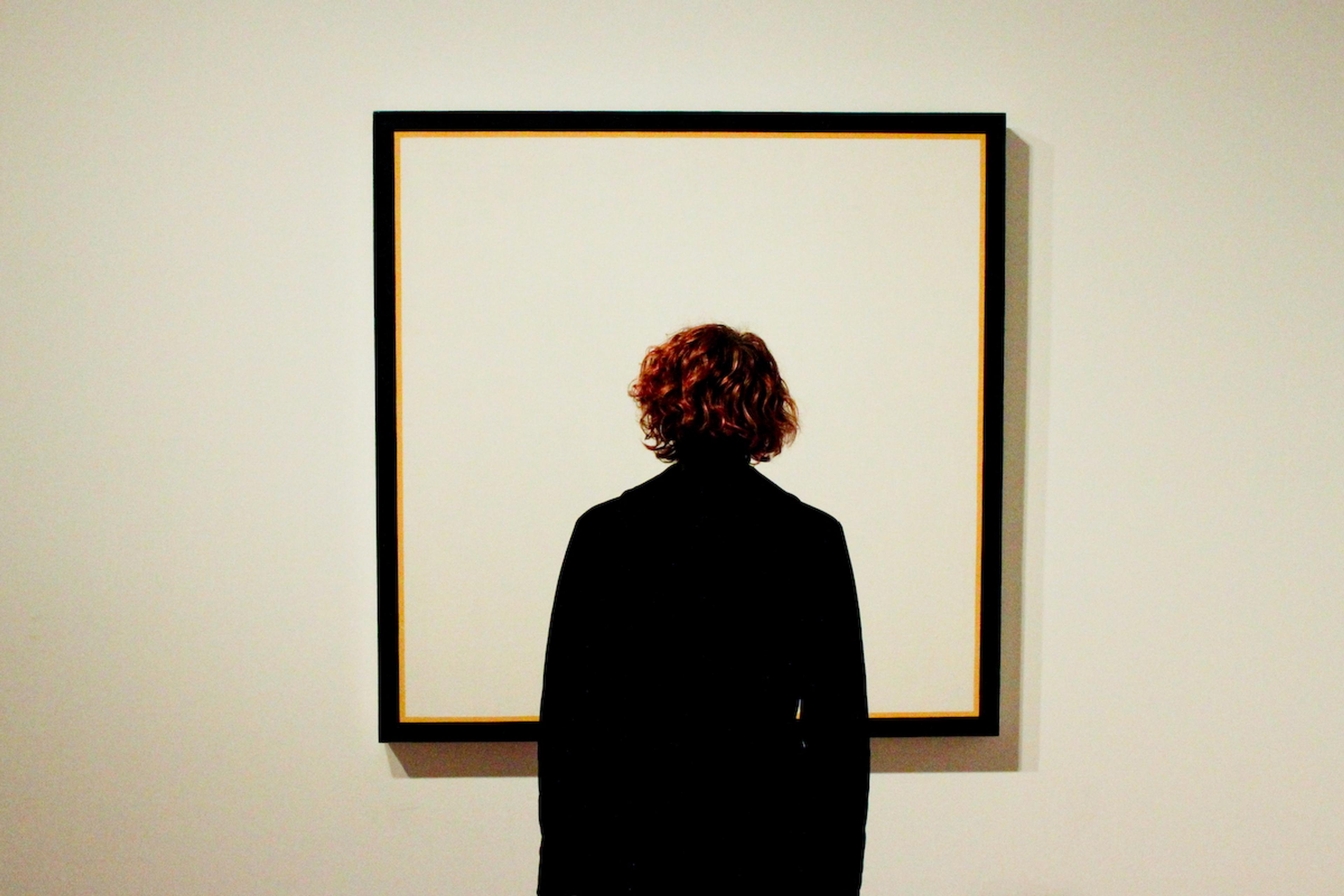
Schopenhauer and Proust can help you find inspiration from your favourite writers while also retaining an independent mind
by David Bather Woods

Not all psychological problems are thinking problems. Trying to solve them purely cognitively, with CBT, won’t help us mature
by Bradley Murray
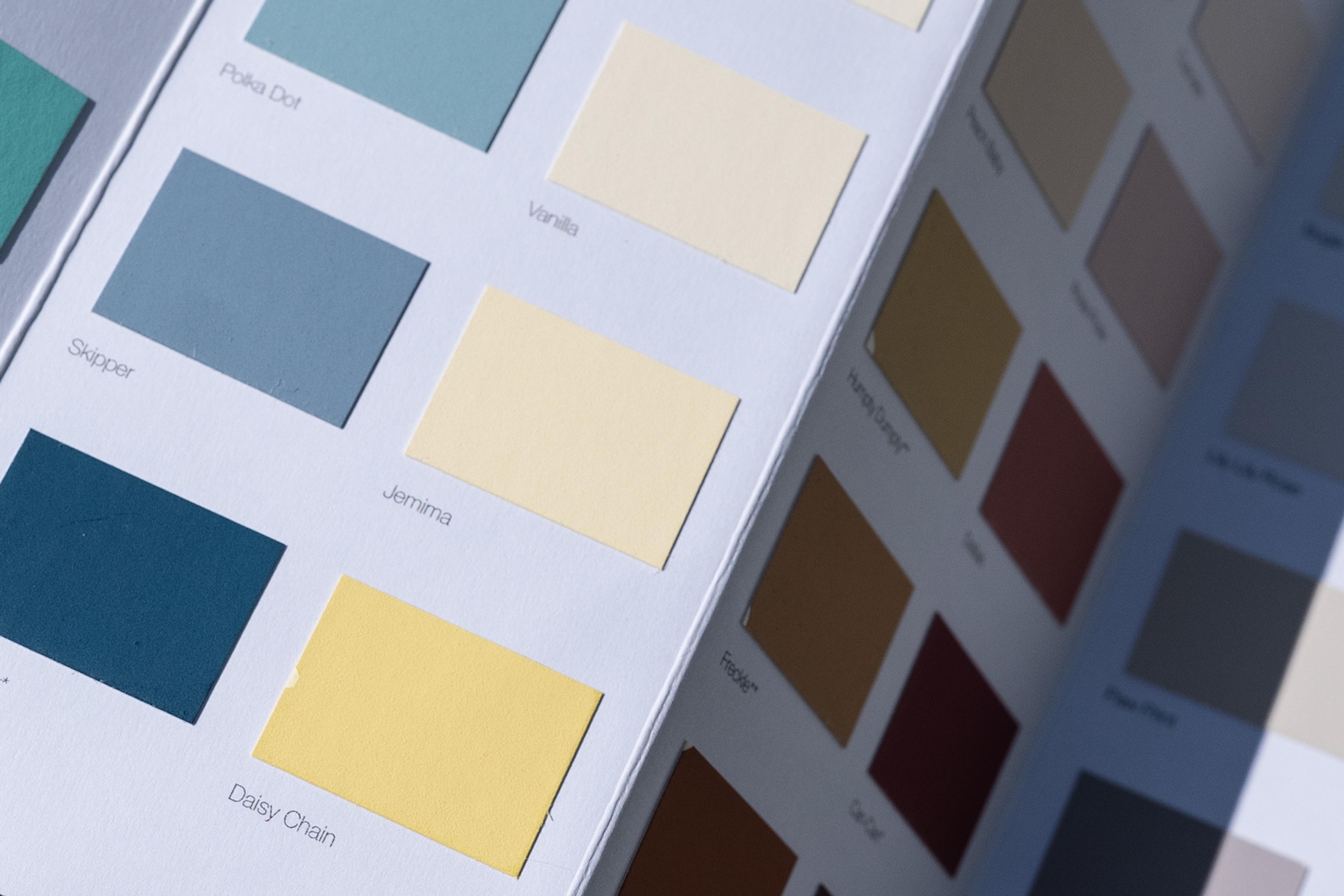
Have you hit an impasse in your personal or professional life? Answer these questions to open your mind to what’s possible
by Constance de Saint Laurent & Vlad Glăveanu

Ambivalence is often misconstrued as flakiness. In fact, recognising both sides of an argument fosters empathy and insight
by Iris Schneider
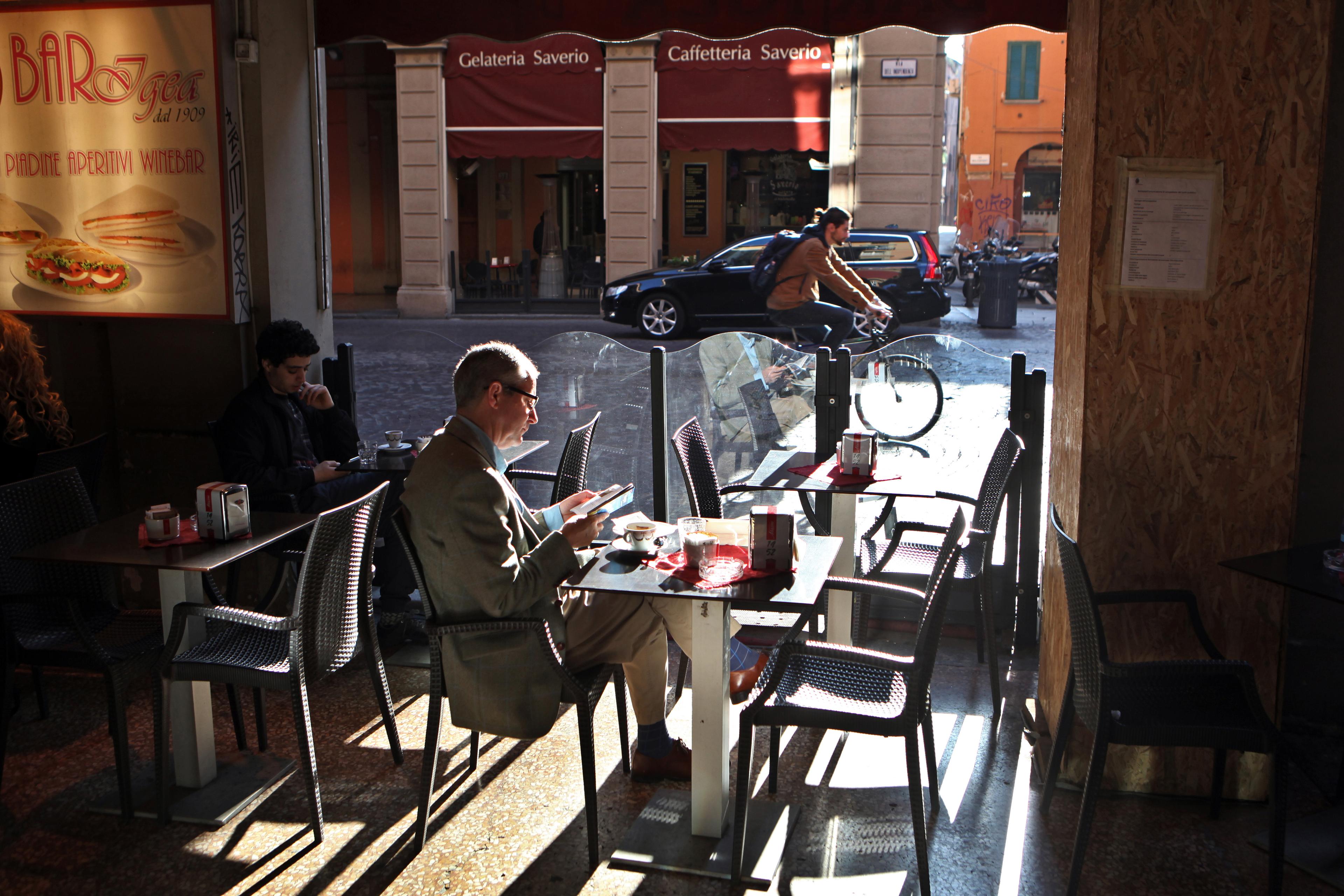
Rather than mindless mechanisms for routines, habits are a species of belief that display a great deal of intelligence
by Ian Robertson & Katsunori Miyahara